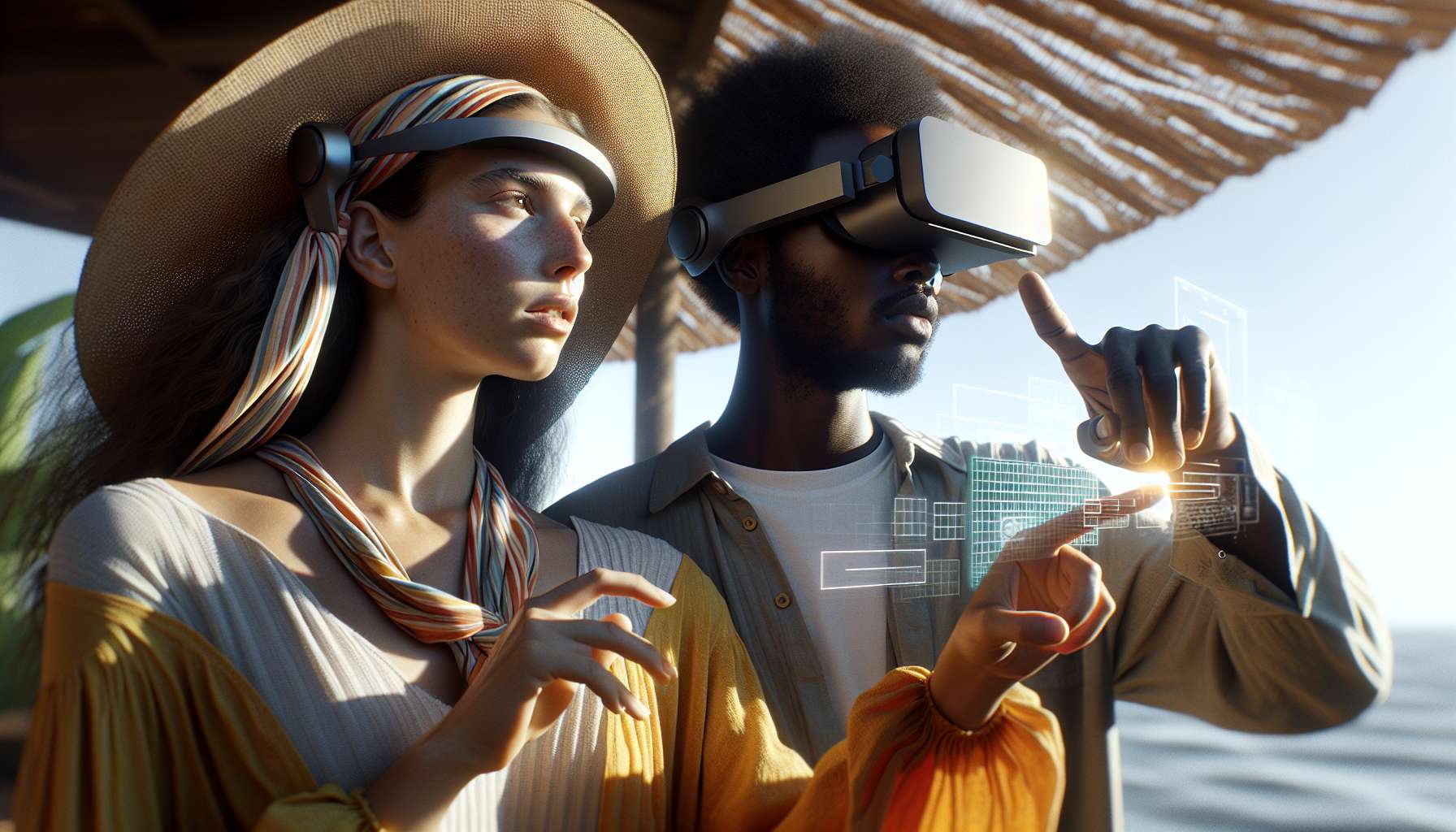The Future of Product Showcasing: Virtual Solutions That Sell
As technology continues to advance at an unprecedented pace, businesses are constantly seeking innovative ways to enhance their operations and improve customer experiences. One area that has gained significant attention in recent years is virtual product showcases. These solutions leverage the power of augmented reality (AR) and artificial intelligence (AI) to create immersive and interactive experiences that can revolutionize the way products are presented and sold.
What are Virtual Product Showcase Solutions?
Virtual product showcase solutions combine the capabilities of AR and AI to create virtual environments where customers can interact with products in a realistic and engaging manner. These solutions typically involve the use of mobile devices or specialized headsets that overlay digital content onto the real world, allowing users to visualize and manipulate virtual products as if they were physically present.
The Advantages of Virtual Showcases
Virtual product showcases offer numerous advantages over traditional methods of product presentation. Here are some key benefits:
- Enhanced Visualization: Virtual showcases enable customers to see products in a highly realistic and detailed manner. They can view products from different angles, explore various features, and even visualize how they would look in their own environment. This level of visualization can significantly enhance the buying decision-making process.
- Interactive Engagement: Unlike static images or videos, virtual showcases allow customers to interact with products. They can zoom in, rotate, and manipulate virtual objects, gaining a deeper understanding of their functionality and design. This interactive engagement creates a more memorable and personalized experience, increasing customer satisfaction and brand loyalty.
- Remote Accessibility: Virtual showcases eliminate geographical barriers by enabling customers to explore products from anywhere in the world. This is particularly beneficial for businesses with a global customer base or those operating in niche markets. Customers can access virtual showcases through their devices, reducing the need for physical showrooms or expensive travel arrangements.
- Cost and Time Savings: Traditional product showcases often involve significant costs associated with logistics, setup, and maintenance. Virtual showcases eliminate these expenses, allowing businesses to allocate resources more efficiently. Additionally, virtual showcases can be easily updated and modified, saving time and effort compared to physical displays.
- Data-driven Insights: Virtual showcases can collect valuable data on customer interactions and preferences. This data can be analyzed to gain insights into customer behavior, identify trends, and optimize product offerings. By leveraging AI algorithms, businesses can personalize the virtual showcase experience based on individual customer preferences, increasing the chances of conversion.
Real-world Examples and Success Stories
Virtual product showcases have already proven their effectiveness across various industries. For instance, furniture retailers have implemented virtual showcases that allow customers to virtually place furniture in their homes to see how it fits and matches their existing decor. This has resulted in increased sales and reduced return rates.
In the automotive industry, virtual showcases have enabled customers to explore different car models, customize features, and even take virtual test drives. This immersive experience has not only improved customer satisfaction but also streamlined the sales process by providing customers with a comprehensive understanding of the product.
The Future Outlook
The future of product showcasing lies in virtual solutions that leverage AR and AI technologies. As these technologies continue to evolve, we can expect even more advanced and sophisticated virtual showcases. Imagine being able to try on clothes virtually, test out makeup looks, or even experience virtual travel before making a booking.
With the increasing adoption of AR-enabled devices and the growing demand for personalized and immersive experiences, virtual product showcases are set to become a standard practice for businesses across various industries. Embracing these solutions can give businesses a competitive edge, enhance customer engagement, and ultimately drive sales.
So, if you’re looking to take your product showcasing to the next level, it’s time to explore the world of virtual solutions. The future is here, and it’s virtual!





